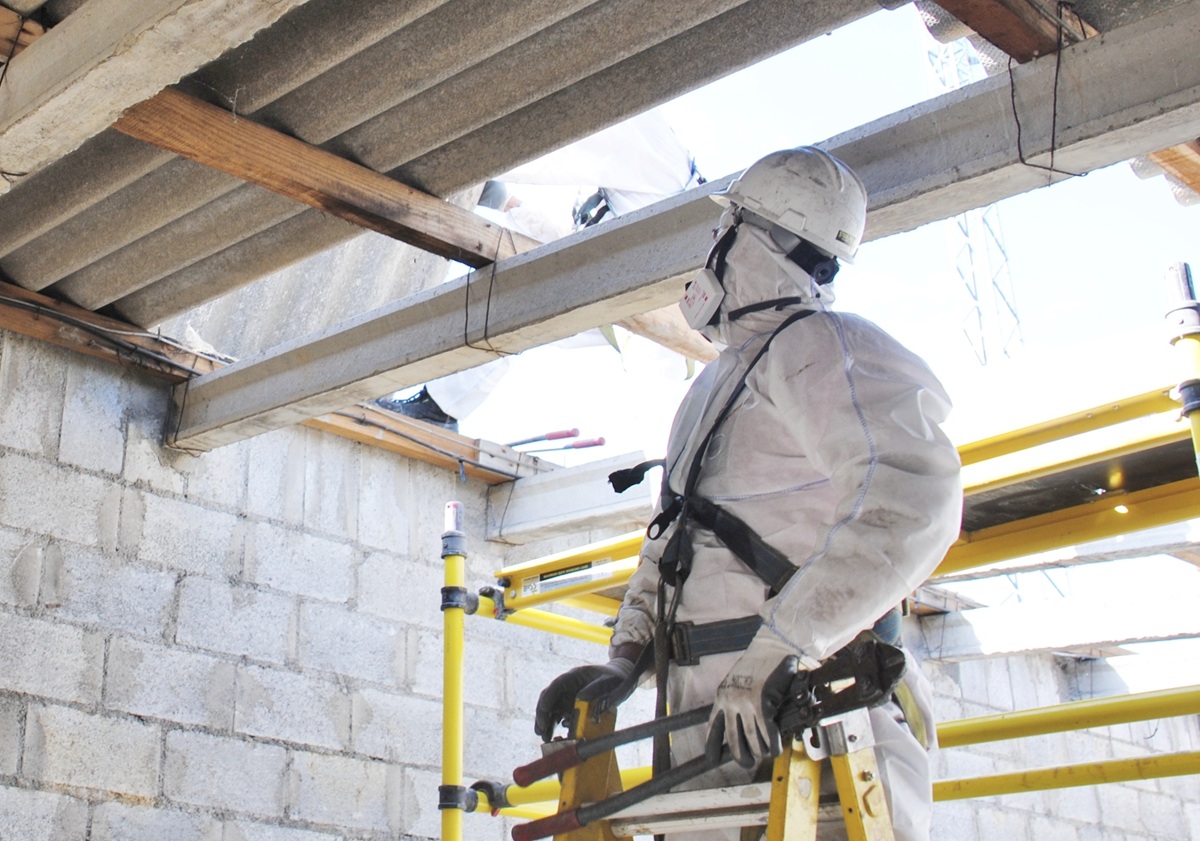Structural engineering plays a very important role in our society today. We show our great confidence into the work of structural engineers every time we drive on an overpass, pass through a tunnel, or enter a building. In every case we trust our lives to the knowledge and workmanship of the people who built them.
Engineering professionals do a great deal to make the buildings we work and shop in, as well as attend school in, safer from earthquakes. Even many apartment buildings and other homes benefit from the work performed by structural engineers. As part of their design process they form and define the resilience of manmade structures – by calculating the stability, strength, rigidity, and earthquake-susceptibility of all built structures.
San Diego is at the heart of much of the world’s research on this topic.
Testing buildings and infrastructure
The University of California, San Diego, Jacobs School of Engineering conducts some of the most noteworthy studies on the effects of earthquakes on buildings using one of the world’s largest shake tables — a massive platform that simulates the motion of seismic waves to test the stability of structures.
The university is in the midst of upgrading its outdoor shake table to reproduce all components of motion (various types of horizontal and vertical movement, as well as pitch, roll and yaw experienced during earthquakes). The ability to test buildings under these conditions is critical for research that can lead to effective advances in design.
Expansion of the shake table currently underway will accommodate tests on things beyond buildings – such as the full-sized civil infrastructure systems mentioned above.
The upgrades to the shake table are the result of a $17 million grant provided by the National Science Foundation, which recognizes the need for and invests in information that can lead to more resilience in our cities and neighborhoods.
Results of the research done through these upgrades will no doubt help to make our roadways and other infrastructure safer. Schools, bridges, dams and other public infrastructure will undergo more rigid controls for seismic safety and be held to a higher standard to meet the latest in engineering standards.
Knowledge requires action
Unfortunately –privately owned buildings are not held to the same standard. In major cities, such as San Diego, there are likely hundreds or thousands of buildings at serious risk of damage or collapse in a major earthquake – and most communities have done too little to address this danger.
Many building codes considered safe 25 years ago have now been proven to be ineffective in guarding against the violent ground movement experienced in a major quake. Here are five building types proven to be at risk in a major earthquake:
- Soft-story (pre-1978): These structures, with parking on the ground floor and units built above, sway and collapse during major earthquakes.
- Unreinforced Masonry (pre-1975): The facades of these buildings can collapse and kill in a quake.
- Concrete Tilt-up (pre-1994): Weak connections can fail and cause walls of these “big box” structures to pull apart from the roof, presenting a collapse hazard.
- Non-ductile Concrete (pre-1977): Limited lateral resisting capacity makes these multi-story structures brittle.
- Steel Moment Frame (pre-1996): These high-rise buildings can sustain brittle fracturing of the steel frames at welded joints between beams and columns.
In recent years, the Rose Canyon earthquake fault that runs through downtown San Diego, was found to be larger and potentially more dangerous than previously believed. And San Diego has yet to take the steps that can significantly reduce the potential damage an earthquake could inflict on our region.
Is your apartment building at risk of serious damage or collapse? Call Optimum Seismic at 833-978-7664 or visit optimumseismic.com to arrange for your complimentary building evaluation.







